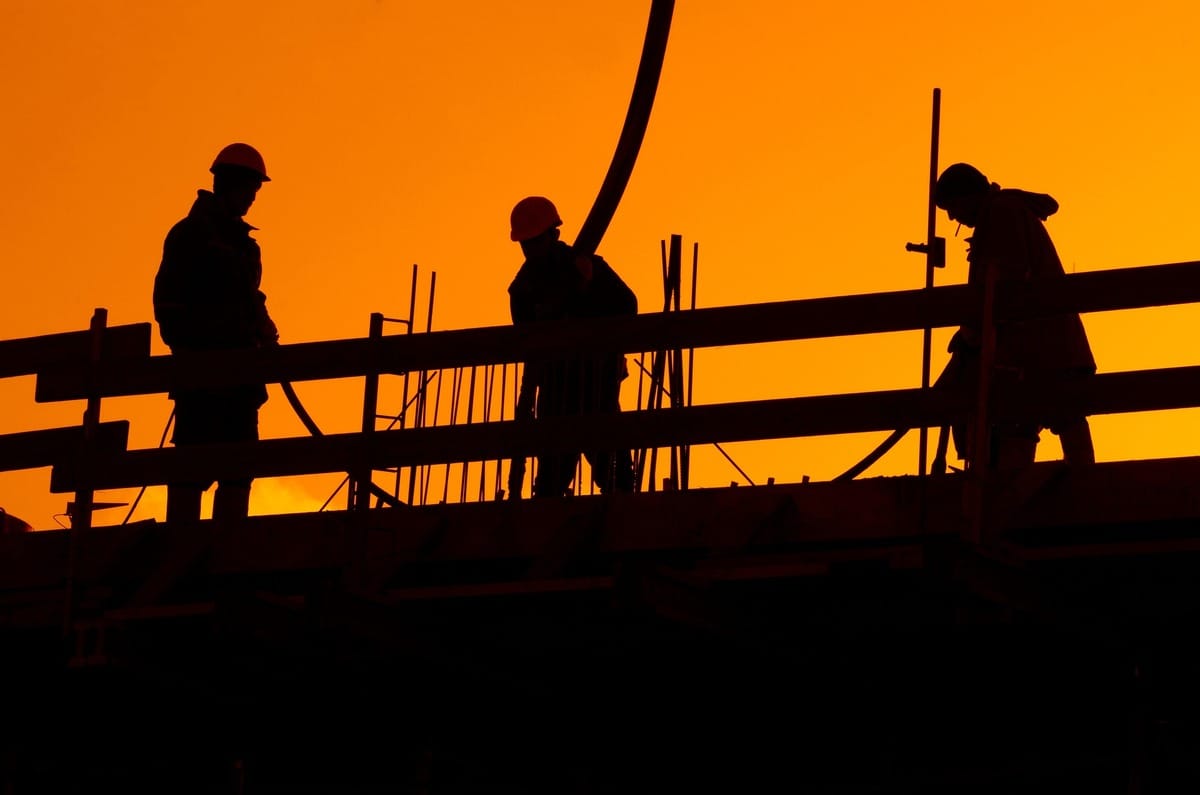- Full Brim Safety
- Posts
- The Fire Triangle and Extinguisher Types
The Fire Triangle and Extinguisher Types
Full Brim Safety: Build Smart, Build Safe

The Fire Triangle and Extinguisher Types
Welcome back, let's Build Smart & Build Safe! This week, we're focusing on an essential skill for managing emergencies: Fire Extinguisher Readiness. Knowing how to stop a small fire before it becomes a disaster is non-negotiable.
Today, we'll cover what a fire needs to survive and how to choose the right extinguisher to fight it.
Understanding the Fire Triangle
A fire is a chemical reaction that requires three elements to sustain itself. Removing any one of these elements will extinguish the fire.
Fuel: Something that can burn (wood, oil, paper, gas).
Oxygen: Air that sustains the combustion process.
Heat: The energy needed to raise the fuel to its ignition temperature.
Fire extinguishers work by either cooling the Heat (e.g., water) or smothering the Oxygen (e.g., dry chemicals).
Matching the Extinguisher to the Fire (Fire Classes)
The most common mistake is using the wrong extinguisher, which can make the fire worse (e.g., using water on an electrical fire).
Fire Class | Fuel Source | Common Construction Example | Best Extinguisher Type |
Class A | Ash (Ordinary Combustibles) | Wood, paper, trash, textiles | Water or ABC Dry Chemical |
Class B | Barrel (Flammable Liquids) | Gasoline, oil, paint thinners | Foam or ABC Dry Chemical |
Class C | Current (Electrical Equipment) | Wiring, tools, fuse boxes | ABC Dry Chemical or CO2 |
The ABC Dry Chemical Extinguisher is standard on most construction sites because its dry powder agent is versatile, effective against the three most common construction fires, and safe to use on energized electrical equipment.
Tomorrow, we'll discuss exactly where extinguishers need to be located on a job site for maximum accessibility.
Please share us with your friends for a daily dose of construction safety tips!
-The Safety Man
